Museums
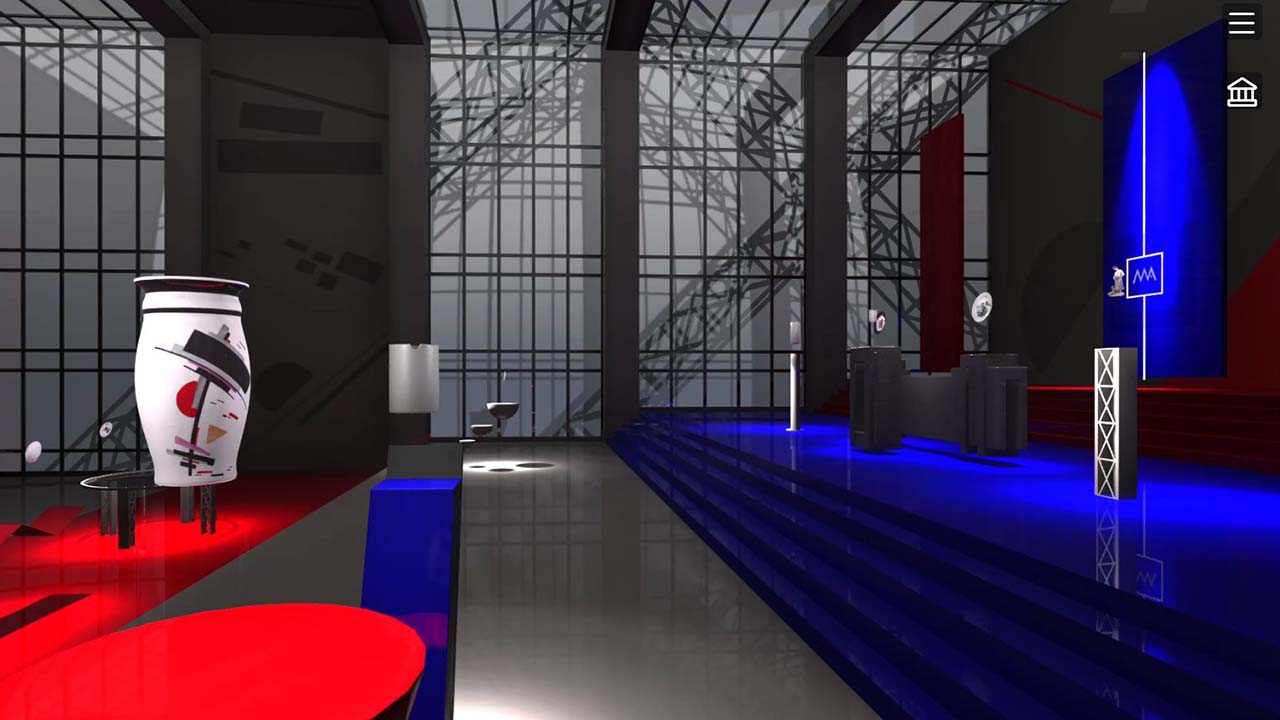
META(art) isn’t a platform for building museum websites — it’s a tool for creating a digital twin of your physical museum in virtual reality. It offers the same immersive experience as your real museum, without space, time, or geography limitations.
With META(art), museums can reach audiences who might never have the chance to visit in person. People in remote areas, individuals with disabilities, or those with financial constraints can now explore exhibitions from anywhere. The platform also engages younger generations by offering a familiar digital environment for discovering art and culture.
One key advantage of META(art) is its ability to showcase artworks that might remain unseen. Masterpieces from the museum’s storerooms works by unknown artists, and enormous architectural monuments can all be presented in virtual spaces. Visitors interact with these digital replicas, viewing every detail without worrying about time limits or crowded galleries.
META(art) doesn’t replace physical museums — it enhances them. By removing barriers, virtual museums invite new audiences to explore cultural treasures, expanding the museum experience far beyond its walls.
Historic House Museums and Heritage Sites
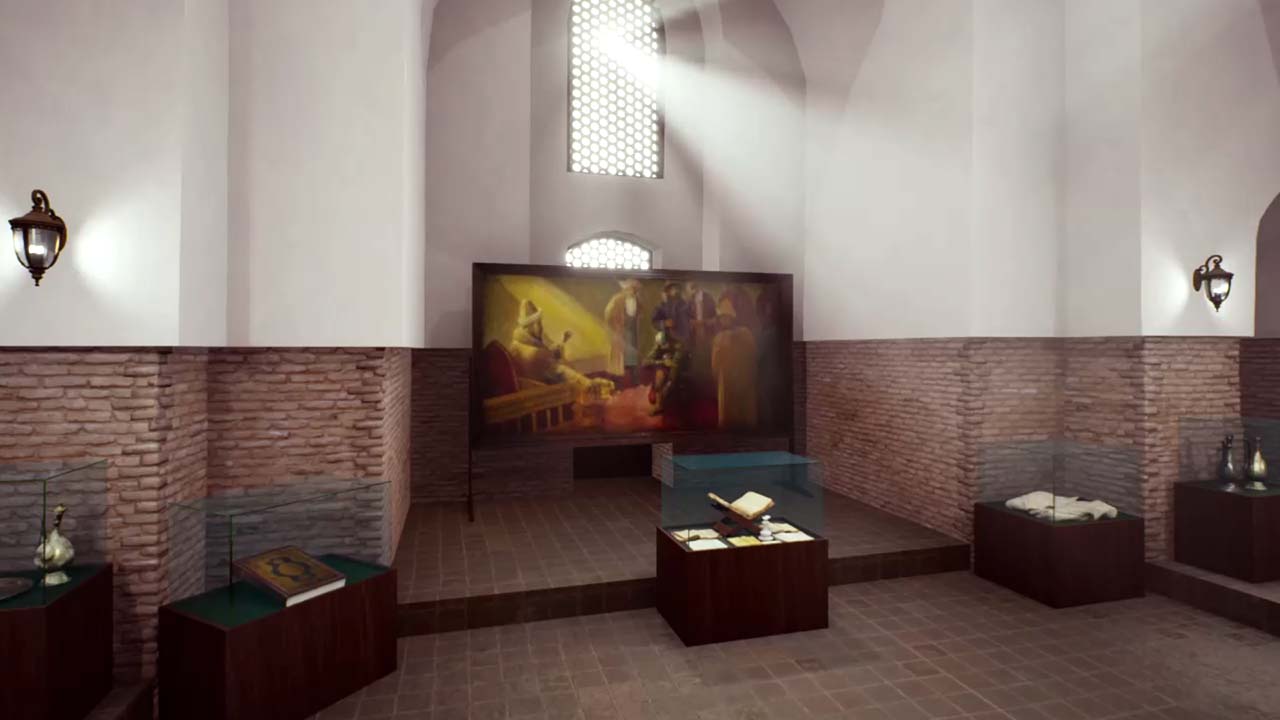
Historic house museums and heritage sites offer visitors a glimpse into the past, preserving architecture, interiors, and artifacts that tell the stories of previous eras. However, their value often lies in the details — intricate carvings, architectural features, or rare furniture pieces — that are difficult to appreciate through static images or written descriptions. The META(art) platform bridges this gap by creating 100% accurate digital twins that visitors can explore interactively.
With META(art), museums can digitize every room, piece of furniture, and architectural element, allowing users to walk through these spaces as if they were physically there. The ability to rotate and zoom in on 3D models brings these details to life, making it easier to appreciate the craftsmanship and artistry that define these sites.
Additionally, the platform enables museums to preserve fragile artifacts digitally, ensuring that future generations can experience them without risking damage to the originals. By providing virtual access to these cultural landmarks, META(art) allows museums to reach global audiences, overcoming the limitations of geography and physical preservation.
Specialty and Science Museums

Specialty and science museums often focus on complex subjects that are difficult to grasp through traditional displays. Whether it's a museum of technology, natural history, or transportation, static photographs, and textual descriptions rarely capture the intricacy and wonder of these exhibits. The META(art) platform transforms visitors' interaction with these collections by providing detailed 3D digital twins of artifacts, models, and specimens.
Imagine exploring a rare fossil from every angle, rotating it in real-time, or zooming in to see microscopic details — all accessible directly through a web browser. Or imagine an interactive 3D model of an ancient machine showing its working parts through animation. These experiences go far beyond what's possible in a physical museum.
The platform also allows for contextual storytelling, enabling museums to enrich exhibits with animations, voiceovers, and interactive guides. This dynamic engagement captures visitors' attention, especially younger audiences, and encourages a deeper understanding of the subject matter. By integrating modern technologies, specialty museums can present their unique collections in a way that is accessible and engaging for everyone.
Corporate Museums

Corporate museums play a crucial role in preserving a company’s heritage, showcasing its achievements, and strengthening its brand identity. However, these museums are often difficult to access—not only for the general public but even for employees and business partners. Limited visiting hours, restricted access policies, and logistical constraints make it challenging for many to experience these valuable collections. Employees may be too busy during work hours, and external visitors often require special arrangements to gain entry.
With the META(art) platform, corporate museums can break these barriers and make their exhibitions available anytime, anywhere. A fully interactive virtual museum allows employees, clients, and the public to explore the company’s legacy at their convenience—whether from a desktop, tablet, or smartphone. This accessibility enhances corporate identity, employer branding, and customer engagement, making the museum a powerful tool for internal culture and external marketing.
By bringing corporate museums into the digital space, META(art) ensures that a company’s story is always open to those who want to experience it—without the limitations of time, location, or scheduling constraints.
Temporary Exhibitions
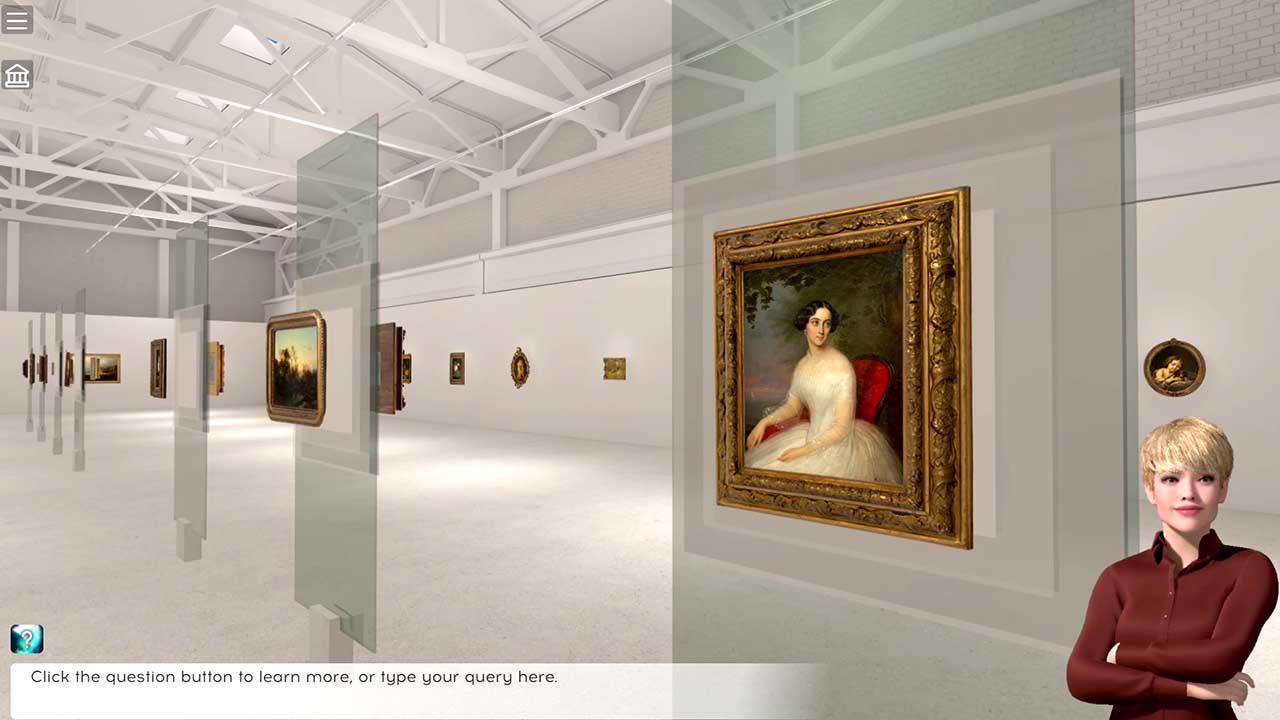
Temporary exhibitions are some of the most compelling examples of why virtual museum spaces are essential. These unique displays often combine masterpieces from museums and private collections worldwide, creating once-in-a-lifetime experiences. Curators invest tremendous effort in crafting these exhibitions, selecting works that tell powerful stories and captivate audiences.
But there’s a challenge: temporary exhibitions are, by nature, short-lived. After a few months, the artworks return to their respective homes, and the carefully curated experience disappears. The same collection may never be gathered again — sometimes not for decades, if ever.
META(art) offers a way to preserve these remarkable exhibitions indefinitely. A virtual exhibition faithfully replicates the physical experience, but with one critical difference: it never ends. As long as someone is interested in exploring its masterpieces, the exhibition remains alive and accessible. It breaks free from time and geography, allowing visitors to enjoy and engage with these collections long after the physical doors have closed.
Galleries
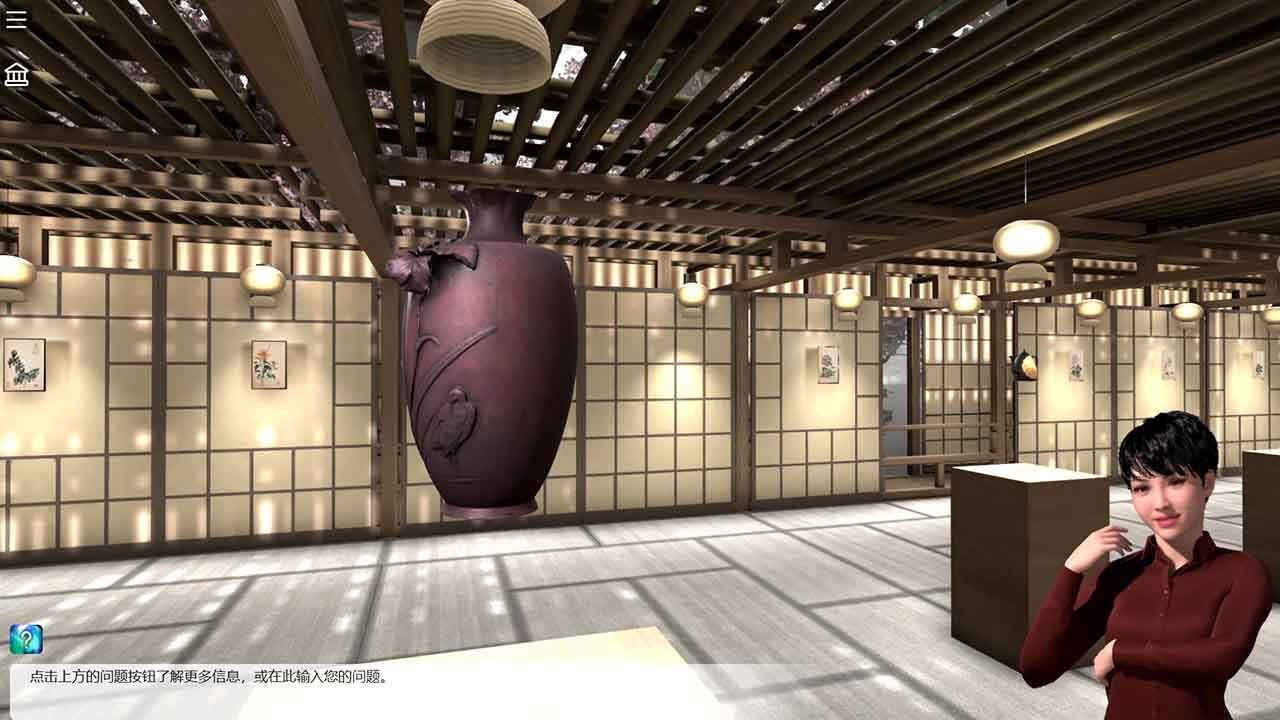
Virtual exhibition halls aren’t just for museums — they also offer a game-changing solution for art galleries. The strong relationship they build with collectors and clients is at the core of any successful gallery. These personal connections are essential for business, but expanding reach and engagement remain crucial.
A virtual gallery breaks down barriers by opening your collection to a global audience, including those who may never visit your physical space. This isn’t just about convenience; it’s about creating emotional experiences beyond static images. While a traditional website presents information, a virtual gallery immerses visitors in a curated space, making each piece feel more significant and memorable.
With META(art), galleries can craft exhibition halls that perfectly reflect the essence of their collections. Rooms can be designed to match a specific style or to dedicate entire spaces to highlight a single masterpiece. This flexibility allows galleries to enhance the impact of their collections and offer clients an experience that stays with them long after the virtual visit ends.
Collectors

Collectors often face a unique challenge: while museums and galleries have dedicated spaces to showcase art, private collectors typically don’t have the opportunity to publicly display their collections. Inviting others into personal residences isn’t practical, and setting up a public exhibition space can be both expensive and complicated. Despite these obstacles, many collectors are eager to share their passion for art, enrich cultural heritage, or showcase their dedication to curating masterpieces.
Loaning artworks to temporary exhibitions offers a solution, but it is a rare opportunity, plus it means collectors must forgo enjoying their favorite pieces during the exhibition period.
META(art) offers a perfect solution: creating 100% accurate digital replicas of artworks displayed in customized virtual exhibition halls tailored to the collector’s vision. These virtual galleries allow collectors to present their collections to the public without ever parting with the originals. With digital preservation, there are no concerns about safety or security. Virtual spaces make it possible to share the beauty of private collections with the world, all while keeping the originals close at hand.
Artists
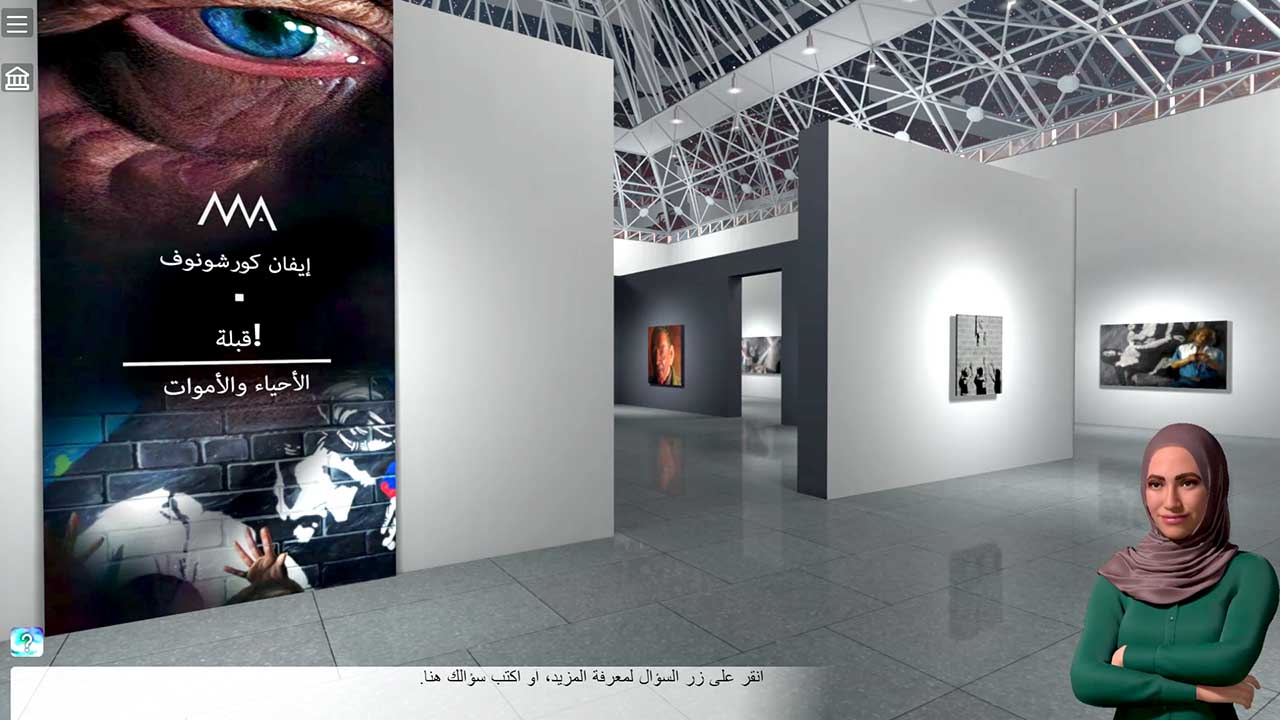
Every artist dreams of having a personal gallery — a space to showcase their work without compromise. Yet, for most, this dream remains out of reach due to high costs and logistical challenges. Even established artists often share space in traditional galleries, limiting their creative vision.
META(art) makes this dream achievable. A virtual gallery allows artists to take complete control of how their art is presented. They can curate collections, from new works to iconic pieces, and design exhibition halls that reflect their unique style. With no limits on space or materials, artists can create digital environments that enhance their message and bring their vision to life.
Virtual galleries reach a global audience. Visitors can explore interactive 3D replicas, zooming in, rotating, and viewing every detail up close. This engagement deepens the connection between the artist and the audience, making the experience memorable.
For those concerned about costs, artists can collaborate with like-minded creators to build shared virtual spaces. In these collaborative galleries, each artist can have their own dedicated hall, reducing expenses while fostering a vibrant, creative community.
State
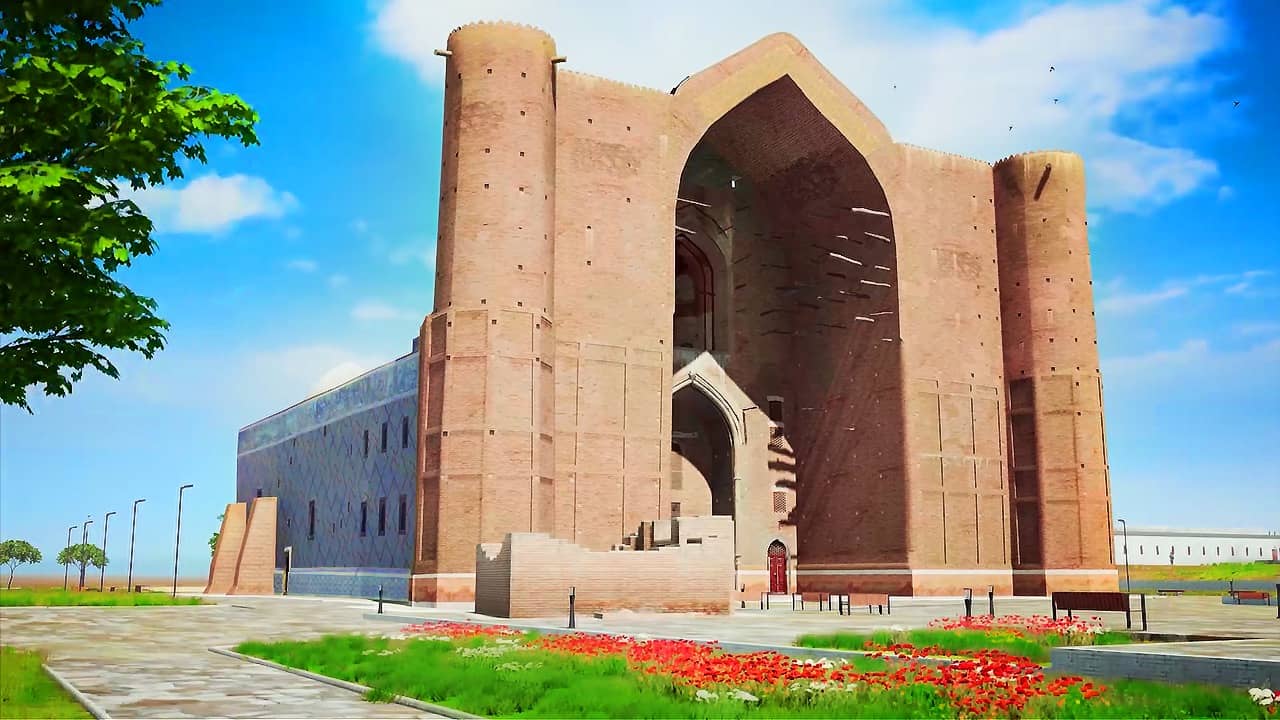
Forward-thinking governments recognize the value of investing in culture. Economies rise and fall, but centuries later, a nation’s cultural achievements remain in humanity’s memory. Virtual museums offer a way to preserve these legacies for future generations, ensuring they endure not just for centuries but in perpetuity.
Virtual museums also promote equality by making culture accessible to everyone, regardless of income or location. Whether someone lives in the capital or thousands of kilometers away, they can explore their country’s heritage without barriers of cost or distance. This democratization fosters national pride and unity.
But virtual museums go beyond national borders. They provide an opportunity to share a country’s culture with the world. Anyone with internet access can explore these digital spaces, experiencing a nation’s heritage firsthand. This soft power strengthens global presence. True leaders recognize the impact of cultural diplomacy and use technology to expand influence in meaningful, lasting ways.